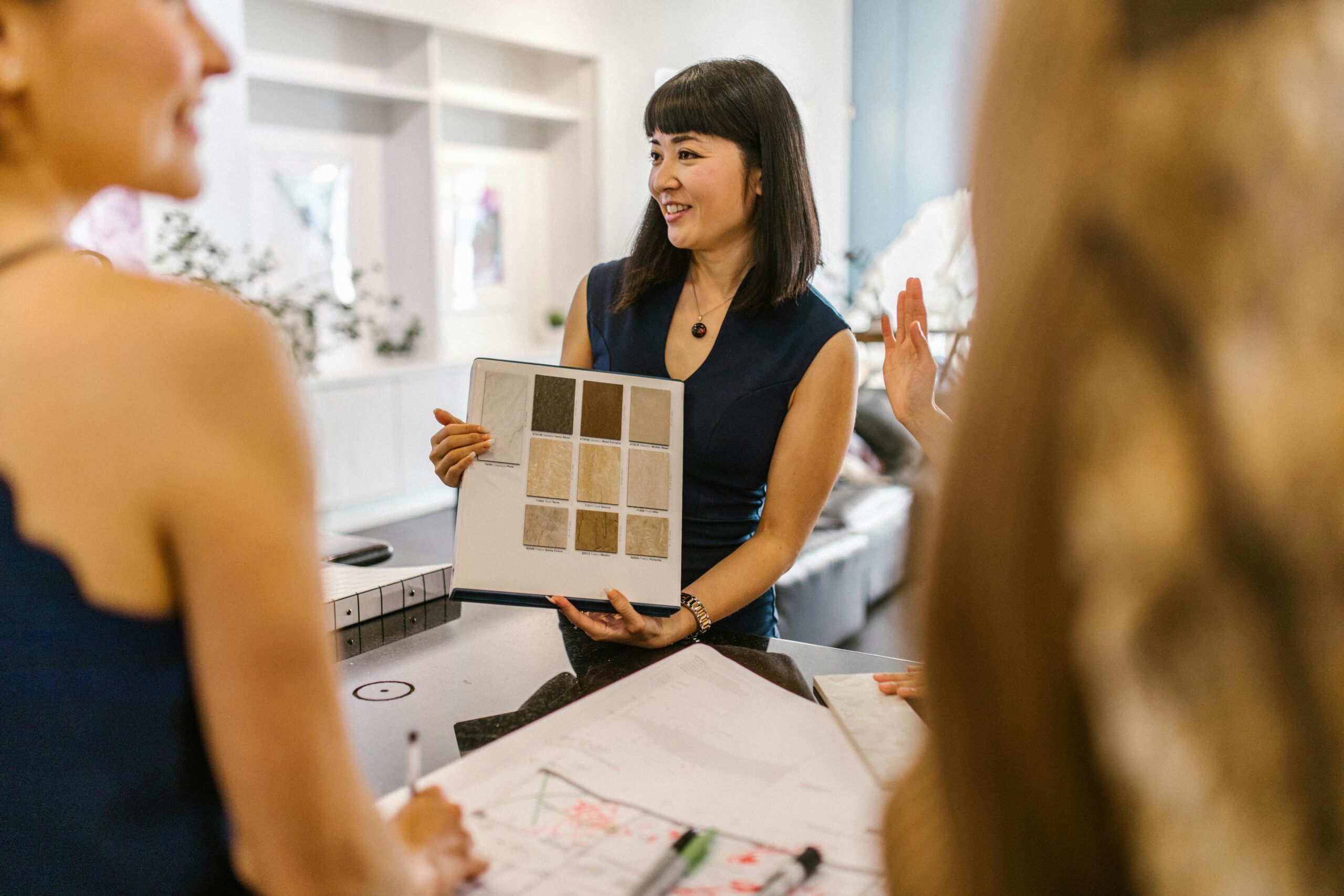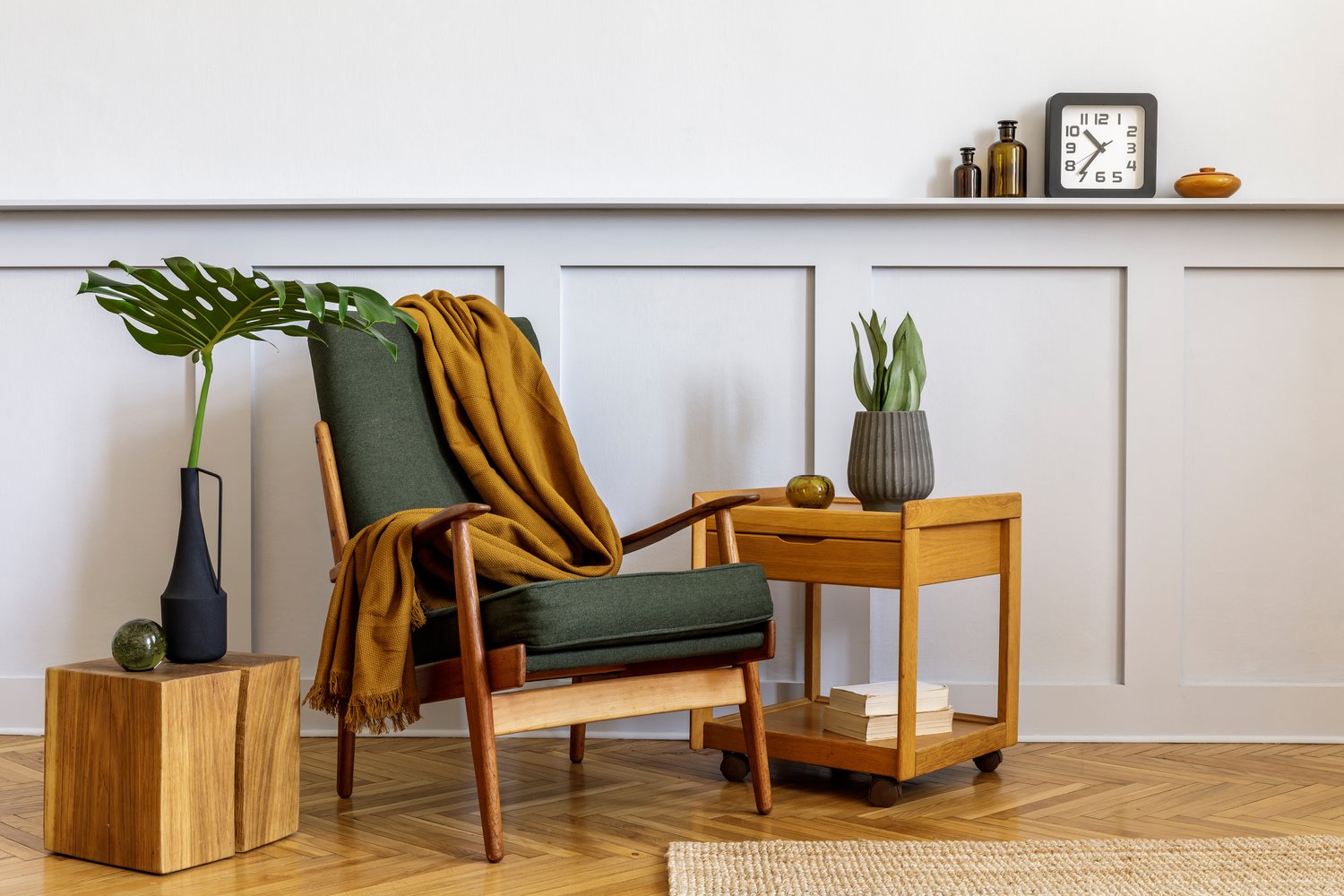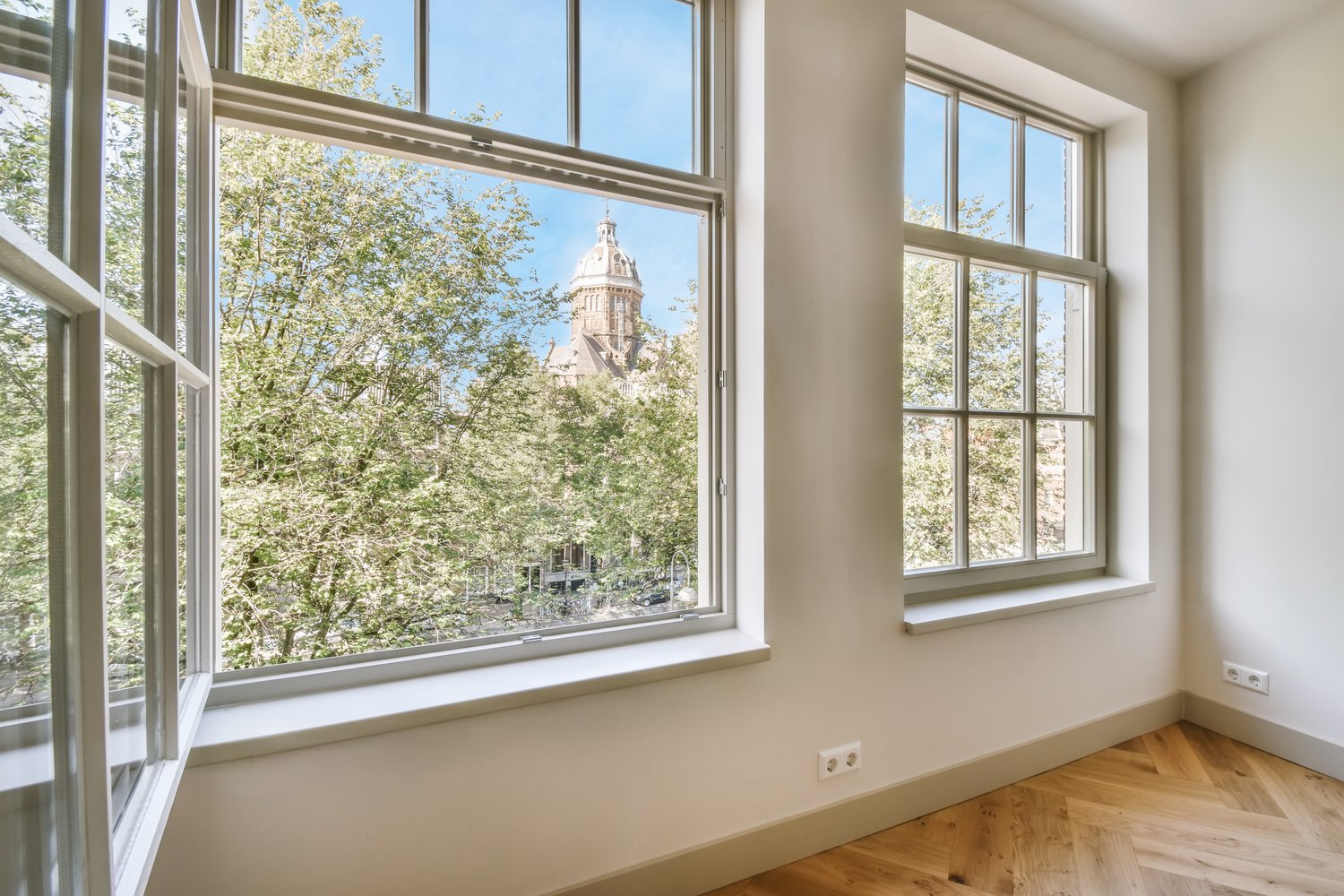Transforming your living space into something that reflects your style while remaining functional requires expertise that interior designers bring to the table. Many homeowners consider hiring a professional but hesitate due to uncertainty about the process and costs involved. This article explores what interior designers actually do, how their fee structures typically work, what you can expect during the design process, and practical tips to find an interior decorator who matches your vision. Understanding these elements will help you make an informed decision when investing in professional design services.
What Does an Interior Designer Do?
An interior designer does far more than simply select attractive furniture and accessories. Professional designers bring technical knowledge and creative vision to transform spaces functionally and aesthetically. They analyze how you use your space, understand your lifestyle needs, and create comprehensive design plans that address both form and function. Most interior designers manage projects from concept to completion, coordinating with contractors, sourcing materials, and overseeing installation to ensure the vision comes to life exactly as planned.
Interior designers also have access to trade-only resources and professional connections that aren’t available to the general public. They can source unique materials, custom pieces, and often receive trade discounts that they may pass along to clients. Beyond the tangible elements, designers bring problem-solving skills to navigate unexpected challenges that inevitably arise during renovations or redesigns. As experts at spatial planning, they can identify opportunities within your home that you might overlook, potentially saving you from costly mistakes or regrettable design decisions.
Interior Design Fees: Understanding the Cost Structure
When researching how much it costs to hire an interior designer, you’ll encounter several fee structures. The most common arrangements include hourly rates, flat fees, and percentage-based pricing. Hourly rates typically range from $100-$500 per hour depending on the designer’s experience and location. This structure works well for smaller projects or consultations where the scope might evolve.
Flat fees provide certainty in budgeting and are common for clearly defined projects. A designer might charge a set amount for a room redesign, which could range from $1,000 for a simple refresh to $15,000+ for a complete overhaul including construction management. According to data collected by AskHomey, many clients prefer this predictable pricing structure for medium-sized projects.
Percentage-based fees calculate the designer’s compensation as a portion of the total project cost, typically ranging from 10-30%. This approach aligns the designer’s interests with maintaining your budget while delivering quality results. Many designers also charge a retainer fee upfront, which is usually applied toward your final bill.
Additional interior design fees may include markup on purchases (10-35% is standard), consultation fees for initial meetings, and travel expenses for distant projects. When comparing costs, ensure you understand exactly what services are included and whether markup is built into your agreement.
The Interior Design Process: What to Expect
Understanding the design process helps set realistic expectations when you hire an interior designer. Most professional relationships begin with an initial consultation where the designer assesses your space, listens to your goals, and determines if there’s a good fit between their expertise and your vision.
Once engaged, designers typically develop a concept that includes mood boards, sketches, and initial material selections. This phase establishes the project’s direction and provides an opportunity for client feedback before detailed work begins. After concept approval, designers create more comprehensive plans including specific furniture selections, material specifications, color schemes, and occasionally, technical drawings for contractors.
The implementation phase varies dramatically based on project scope. For simple decorating projects, this might involve ordering furnishings and scheduling installation. For renovations, designers coordinate with contractors, make site visits, and problem-solve as construction progresses. Throughout this process, clear communication remains essential, with regular updates and decision points where client input guides the project forward.
How to Find an Interior Decorator Who Matches Your Style
Finding the right interior decorator requires research beyond simply searching “find interior decorator near me.” Start by clarifying your own style preferences, budget constraints, and project scope. Review portfolios carefully, paying attention to whether a designer’s previous work resonates with your aesthetic goals, even if the specific style differs from what you envision.
Personal recommendations offer invaluable insights into a designer’s work habits and reliability. Ask friends, family, or colleagues who have worked with designers they would recommend. Professional organizations like the American Society of Interior Designers (ASID) provide directories of accredited professionals with verified credentials and ethical standards.
During initial interviews with potential designers, discuss your budget honestly and evaluate how receptive they are to your input. The best designer-client relationships balance professional expertise with respect for client preferences. Also consider practical matters like timeline compatibility, communication style, and whether their process aligns with how you prefer to work.
For more tips and to connect with reliable home service professionals, follow AskHomey on Facebook and Instagram.



